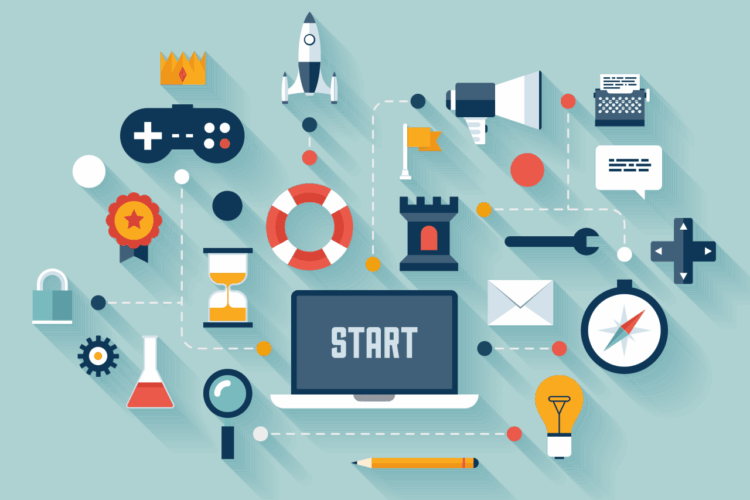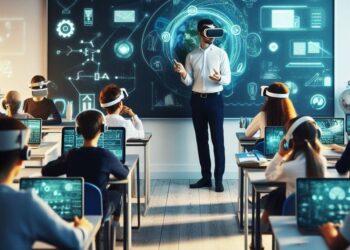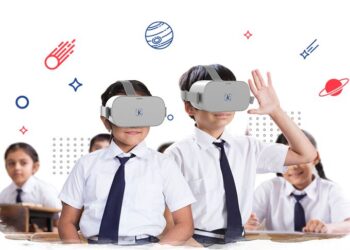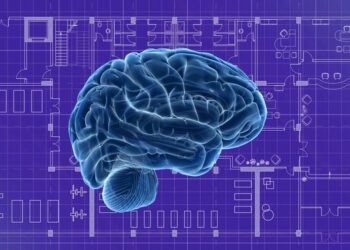The quest for effective student engagement has long been a central challenge in education. In an era where digital distractions abound and attention spans seemingly dwindle, educators are continuously seeking innovative methods to capture and sustain student interest. Enter gamification, a transformative approach that integrates game-like elements and mechanics into non-game contexts, specifically the learning environment. This strategy is proving to be a powerful catalyst, not just in boosting immediate engagement, but also in fostering deeper learning, motivation, and the development of crucial 21st-century skills.
The Core of Gamification in Education
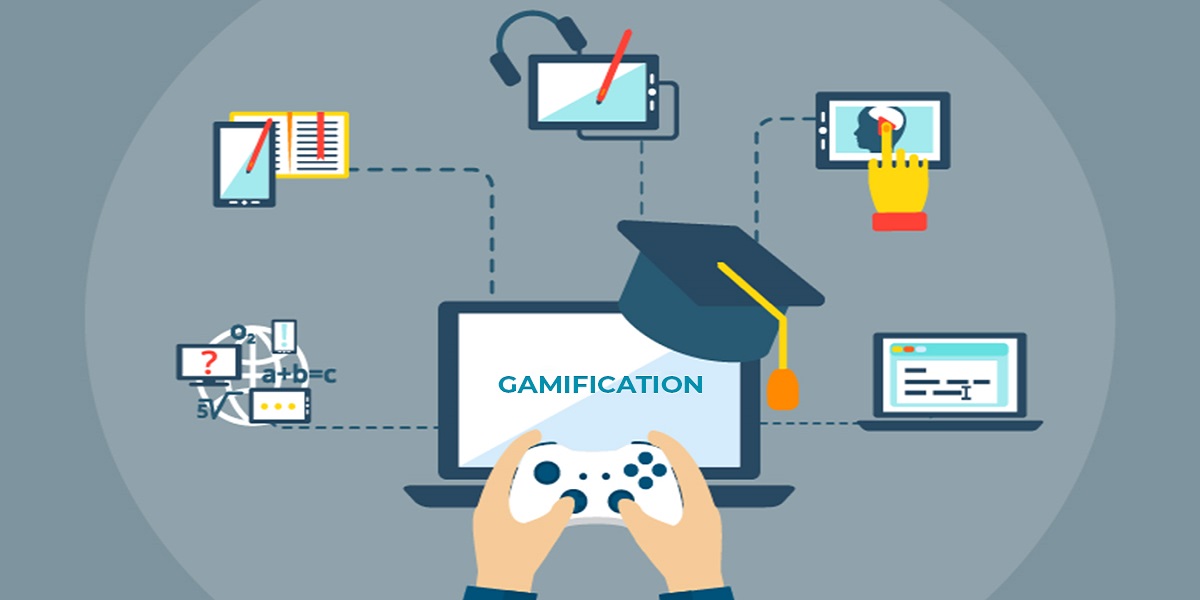
Gamification isn’t about simply playing games in the classroom; it’s a sophisticated pedagogical strategy that harnesses the inherent human psychological drivers that make games so compelling. It meticulously applies principles like challenge, reward, competition, collaboration, and progress tracking to educational activities, transforming mundane tasks into stimulating experiences. By doing so, it taps into intrinsic motivation, encouraging students to actively participate, persevere through challenges, and take ownership of their learning journey.
A. The Psychological Underpinnings:
The effectiveness of gamification is rooted in several well-established psychological theories that explain human motivation and behavior.
- Self-Determination Theory: This theory posits that humans are driven by three innate psychological needs: autonomy (the feeling of control over one’s actions), competence (the feeling of mastery and effectiveness), and relatedness (the feeling of connection to others). Gamified learning environments often provide choices (autonomy), opportunities for skill development and achievement (competence), and avenues for collaboration (relatedness), thereby satisfying these fundamental needs.
- Flow Theory: Developed by Mihaly Csikszentmihalyi, “flow” describes a state of complete immersion and enjoyment in an activity. This occurs when there’s a perfect balance between a task’s challenge and an individual’s skills. Gamification, through adaptive challenges and immediate feedback, aims to create these “flow” states, making learning intrinsically rewarding and captivating.
- Operant Conditioning (Reinforcement): While often associated with extrinsic motivation, gamification judiciously uses rewards (points, badges, leaderboards) as positive reinforcement. These rewards, when linked to meaningful learning outcomes, can encourage desired behaviors and persistence, eventually leading to internalized motivation.
- Social Cognitive Theory: This theory emphasizes the importance of observational learning and self-efficacy. Seeing peers achieve success in a gamified environment, for instance, can boost a student’s belief in their own ability to succeed, fostering a growth mindset.
B. Key Gamification Elements:
A variety of distinct elements are skillfully woven into gamified learning designs, each serving a specific purpose in enhancing engagement.
- Points: The most fundamental element, points provide immediate feedback on progress and performance. They quantify effort and achievement, allowing students to track their accumulation over time.
- Badges: Digital accolades awarded for specific achievements, mastering skills, or completing modules. Badges serve as visual representations of accomplishment and mastery, providing a sense of pride and recognition.
- Leaderboards: Rankings that display the performance of individuals or teams relative to others. Leaderboards can foster healthy competition and provide a clear benchmark for progress, although they must be carefully managed to avoid demotivating lower-ranked students.
- Levels/Progression: Structuring learning into distinct levels or stages, where completion of one unlocks the next. This provides a clear path forward, a sense of advancement, and continuous goals to strive for.
- Quests/Missions: Framing assignments or learning objectives as specific challenges or quests with defined outcomes. This provides a narrative structure, making tasks more purposeful and engaging than generic assignments.
- Avatars/Personalization: Allowing students to create or customize their digital representation within the learning environment. This fosters a sense of identity and ownership, making the experience more personal.
- Narrative/Storytelling: Weaving a compelling story or theme around the learning content. A narrative can provide context, meaning, and a sense of purpose, making learning more immersive and memorable.
- Challenges/Puzzles: Incorporating problems that require critical thinking and problem-solving skills to overcome. These challenges provide intellectual stimulation and a sense of accomplishment upon resolution.
- Virtual Currency/Rewards: A system where students earn in-game currency that can be used to unlock content, customize avatars, or access special privileges, providing tangible (within the game) rewards for effort.
- Teams/Collaboration: Encouraging group work and cooperative challenges, leveraging the power of peer interaction and collective problem-solving. This fosters social skills and a sense of shared responsibility.
Transformative Impact on Student Learning and Behavior
The application of gamification extends far beyond mere entertainment; its impact on learning outcomes and student behavior is profound and multifaceted.
A. Boosting Motivation and Participation:
One of the most immediate and observable effects of gamification is the significant uplift in student motivation.
- Intrinsic Motivation Cultivation: By making learning inherently enjoyable and challenging, gamification shifts the focus from external pressures (grades) to internal desires for mastery and accomplishment. Students engage because they want to, not just because they have to.
- Increased Attendance and Punctuality: When learning is fun and rewarding, students are more likely to attend classes and arrive on time, eager to participate in the day’s “mission” or earn new points.
- Active vs. Passive Learning: Gamified elements encourage active participation. Instead of passively receiving information, students are actively solving problems, making choices, and receiving immediate feedback, leading to deeper engagement with the material.
- Reduced Procrastination: The clear goals, immediate feedback, and progressive nature of gamified tasks can reduce the tendency to procrastinate, as students are more eager to reach the next level or earn the next badge.
B. Enhancing Knowledge Retention and Skill Development:
Gamification’s impact isn’t just about initial engagement; it significantly contributes to long-term learning and skill acquisition.
- Reinforced Learning Cycles: The iterative nature of games, with opportunities for repeated attempts and immediate feedback, creates powerful learning loops. Students learn from mistakes in a low-stakes environment and can immediately apply new strategies.
- Contextualized Learning: By embedding learning content within a narrative or problem-solving challenge, gamification provides context, making abstract concepts more concrete and relatable. This aids in better understanding and retention.
- Development of Problem-Solving Skills: Many gamified activities present students with complex challenges that require critical thinking, strategic planning, and creative solutions, honing essential problem-solving abilities.
- Fostering Perseverance and Resilience: Games are inherently designed with challenges and occasional failures. This teaches students the importance of persistence, learning from setbacks, and trying again – crucial traits for academic and life success.
- Improved Cognitive Functions: Engaging with game-like structures can enhance various cognitive functions, including memory, attention, logical reasoning, and decision-making skills, as students actively process information and strategize.
C. Cultivating 21st-Century Competencies:
Beyond core academic subjects, gamification naturally promotes the development of vital soft skills indispensable in today’s world.
- Collaboration and Teamwork: Many gamified activities are designed for group participation, requiring students to work together, communicate effectively, share responsibilities, and leverage diverse strengths to achieve common goals.
- Critical Thinking: When faced with game-like puzzles or complex scenarios, students must analyze information, evaluate options, and make informed decisions, sharpening their critical thinking capabilities.
- Creativity and Innovation: Open-ended gamified challenges can encourage students to think outside the box, experiment with different approaches, and devise novel solutions.
- Digital Literacy: Interacting with gamified platforms and digital tools naturally enhances students’ digital literacy, preparing them for an increasingly technology-driven world.
- Self-Regulation and Autonomy: As students navigate personalized learning paths within a gamified system, they develop a greater sense of ownership over their learning, practicing self-regulation and independent decision-making.
Practical Applications and Implementation Strategies
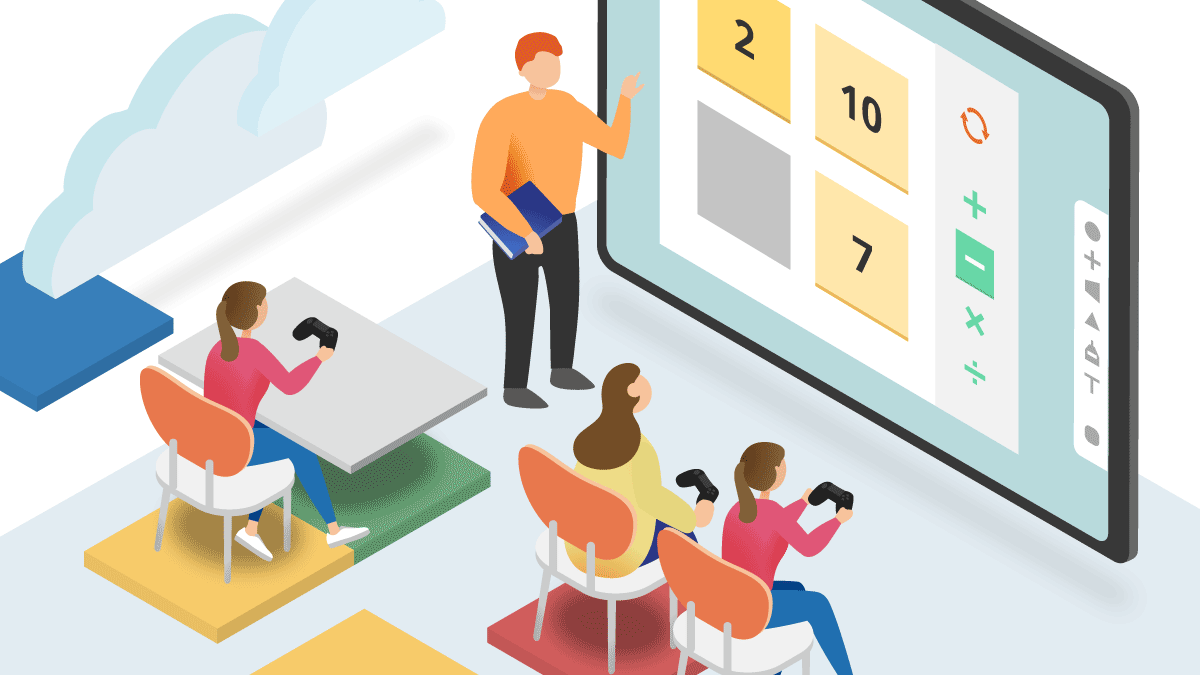
Integrating gamification effectively into the classroom or online learning environment requires thoughtful planning and execution. It’s not a one-size-fits-all solution, but rather a flexible framework that can be adapted to various subjects and age groups.
A. Designing a Gamified Learning Experience:
Successful gamification hinges on deliberate design, ensuring that game elements serve pedagogical goals, not just entertainment.
- Define Clear Learning Objectives: Before introducing any game elements, clearly articulate what students are expected to learn or achieve. Gamification should be a means to an end, not an end in itself.
- Identify Game Elements that Align with Objectives: Select game mechanics (points, badges, quests) that naturally support the learning goals. For example, for skill mastery, a level-based progression system might be ideal.
- Create a Compelling Narrative or Theme: A compelling story can significantly enhance engagement. Whether it’s a “mission to save the world” or a “journey through scientific discovery,” a narrative provides context and purpose.
- Balance Challenge and Achievement: Design activities that are challenging enough to be engaging but not so difficult as to be discouraging. Provide opportunities for quick wins alongside longer-term goals.
- Provide Immediate and Meaningful Feedback: Games excel at providing instant feedback. In a learning context, this means immediate notification of correct/incorrect answers, progress updates, and constructive pointers.
- Offer Choice and Autonomy: Whenever possible, give students choices regarding their learning path, the order of tasks, or the types of challenges they undertake. This fosters autonomy and intrinsic motivation.
- Integrate Social Interaction: Encourage collaboration and peer learning through team-based quests, competitive challenges, or shared leaderboards.
B. Examples Across Different Subjects:
Gamification’s versatility allows for its application across a wide spectrum of academic disciplines.
- Mathematics:
- “Mathlete Challenge”: Students earn points for solving problems correctly and quickly, competing on a leaderboard. Advanced problems unlock “bonus levels.”
- “Fraction Federation”: A narrative where students must conquer different “planets” (representing fraction concepts) by solving puzzles and battling “denominator monsters.”
- Language Arts:
- “Vocabulary Quest”: Students embark on a journey, collecting “word gems” by correctly defining and using new vocabulary words in sentences. Badges are awarded for mastering word families.
- “Grammar Guardians”: A collaborative game where teams identify and correct grammatical errors in digital texts, earning points for accuracy and speed.
- Science:
- “Biology Lab Simulators”: Students use virtual currency to unlock experiments, gaining points for accurate procedures and correct observations. “Research points” can be spent on advanced equipment.
- “Chemistry Potion Master”: Students mix virtual chemicals to create specific “potions” (compounds), earning badges for successful formulations and understanding chemical reactions.
- History/Social Studies:
- “Time Travel Expeditions”: Students undertake “missions” to historical periods, solving mysteries and interacting with historical figures, earning artifacts and knowledge points.
- “Civics City Builder”: Students manage a virtual city, making decisions about laws, budgets, and public services, seeing the real-time impact of their choices on the city’s happiness and prosperity.
C. Tools and Platforms for Gamification:
A growing ecosystem of digital tools and platforms supports the implementation of gamified learning.
- Learning Management Systems (LMS) with Gamification Features: Many modern LMS (like Canvas, Moodle, Google Classroom with add-ons) now offer built-in features for badges, points, and progress tracking.
- Dedicated Gamification Platforms: Tools like ClassDojo, Kahoot!, Quizizz, and Gimkit are specifically designed to inject game-like elements into classroom activities.
- Game-Based Learning Platforms: Platforms such as Minecraft: Education Edition, Roblox Education, and specific educational games offer immersive environments where learning is inherently intertwined with gameplay.
- Content Creation Tools: Even basic tools like Google Forms or interactive presentation software can be gamified with creative design, incorporating elements like branching scenarios and hidden challenges.
Challenges and Considerations for Sustainable Gamification
While the benefits are compelling, integrating gamification successfully and sustainably requires careful navigation of potential pitfalls and ethical considerations.
A. Avoiding “Gamification for Gamification’s Sake”:
One of the biggest risks is implementing game elements without clear pedagogical purpose, leading to superficial engagement that doesn’t translate to deeper learning.
- Focus on Learning Objectives: Always tie game mechanics directly to specific learning outcomes. The game elements should enhance, not distract from, the core educational content.
- Meaningful Rewards: Rewards should be meaningful and reflect genuine achievement, rather than being arbitrary. Intrinsic motivation is always the ultimate goal.
B. Addressing Equity and Accessibility:
Ensuring that gamification benefits all students, regardless of their background or learning style, is crucial.
- Inclusive Design: Design gamified activities that cater to diverse learners, including those with special needs. Provide multiple pathways to success and varied forms of engagement.
- Digital Divide: Acknowledge and address the digital divide. Not all students have equal access to devices or reliable internet, which can create barriers to participation in digital gamified experiences.
- Fair Competition: While competition can be motivating, it can also be demotivating for students who consistently rank lower. Consider team-based challenges, personal best tracking, and non-competitive rewards.
C. Potential for Undesired Behaviors:
Poorly designed gamification can sometimes lead to unintended negative consequences.
- Cheating: The drive for points or high scores can, in some cases, encourage cheating if the system isn’t robust enough or if the focus is solely on extrinsic rewards.
- Surface-Level Engagement: Students might focus on “gaming the system” to earn points quickly rather than truly engaging with the learning content.
- Exclusion: If not carefully managed, competitive elements can lead to social exclusion or resentment among students.
D. Teacher Training and Support:
For gamification to truly flourish, educators need adequate training and ongoing support.
- Pedagogical Shift: Teachers need to understand the pedagogical principles behind gamification and how it differs from traditional teaching. This requires a shift in mindset.
- Technical Proficiency: Training is needed on how to use various gamification tools and platforms effectively.
- Design Skills: Educators benefit from learning game design principles and how to adapt them to educational contexts.
E. Sustainability and Long-Term Engagement:
Initial novelty can wear off. Maintaining long-term student engagement requires ongoing creativity and adaptation.
- Varying Game Mechanics: Introduce new game elements and challenges periodically to keep the experience fresh and prevent monotony.
- Student Input: Involve students in the design process, allowing them to contribute ideas for new challenges or rewards. This fosters a sense of ownership.
- Focus on Mastery: Emphasize the joy of mastery and skill development over mere point accumulation.
The Future Landscape of AI and Beyond
The evolution of gamification is intrinsically linked to advancements in educational technology, particularly the integration of Artificial Intelligence (AI). This synergy promises even more personalized, adaptive, and immersive learning experiences.
A. AI-Powered Adaptive Gamification:
AI can revolutionize gamification by making it highly personalized and responsive to individual student needs.
- Dynamic Difficulty Adjustment: AI can analyze a student’s performance in real-time and automatically adjust the difficulty of game-like challenges to maintain the optimal “flow” state, ensuring the challenge is always just right.
- Personalized Quest Generation: Based on a student’s learning profile, AI can generate unique “quests” or learning paths, focusing on areas where they need more practice or providing advanced challenges for accelerated learners.
- Intelligent Feedback and Coaching: AI can provide highly specific and personalized feedback within the gamified context, acting as a virtual coach that guides students through difficult concepts and encourages perseverance.
- Emotional AI Integration: Future systems might use AI to detect student frustration or engagement levels (through facial expressions, voice tone, or interaction patterns) and adapt the game experience accordingly to maintain motivation.
B. Immersive Gamified Worlds (VR/AR):
Virtual and Augmented Reality, when combined with gamification, can create unparalleled immersive learning environments.
- Virtual Learning Expeditions: Students could embark on “quests” through historically accurate virtual worlds or explore scientific phenomena in immersive simulations, where their actions and discoveries earn them points and badges.
- Augmented Reality Challenges: AR overlays could turn physical classrooms or real-world locations into interactive game boards, where students complete “missions” by interacting with objects and solving augmented puzzles.
C. Data-Driven Insights for Educators:
The data generated by gamified platforms, when analyzed by AI, can provide invaluable insights for teachers.
- Granular Performance Data: Teachers can gain a detailed understanding of student progress, identifying specific areas of strength and weakness for individual students and the class as a whole.
- Engagement Analytics: AI can track student engagement patterns, helping teachers understand what game elements are most effective and which students might be disengaging.
- Intervention Identification: By analyzing performance and engagement data, AI can flag students who might be at risk of falling behind, allowing teachers to intervene proactively with targeted support.
Conclusion
In conclusion, gamification is far more than a fleeting trend in education; it is a robust pedagogical strategy with the power to fundamentally reshape the learning experience. By tapping into innate human drives for achievement, connection, and mastery, it transforms passive recipients of information into active, enthusiastic participants in their own educational journey. As technology continues to advance, particularly with the integration of AI, the potential for gamification to create truly personalized, engaging, and effective learning environments will only continue to expand, ensuring that education remains dynamic, relevant, and exciting for generations to come.

